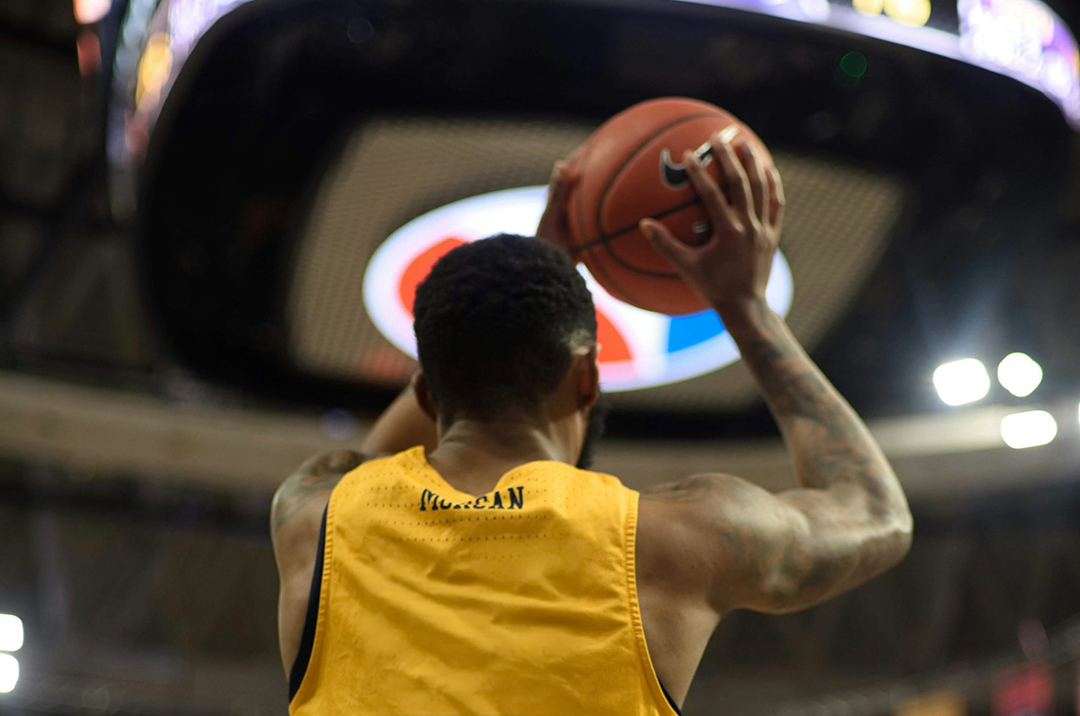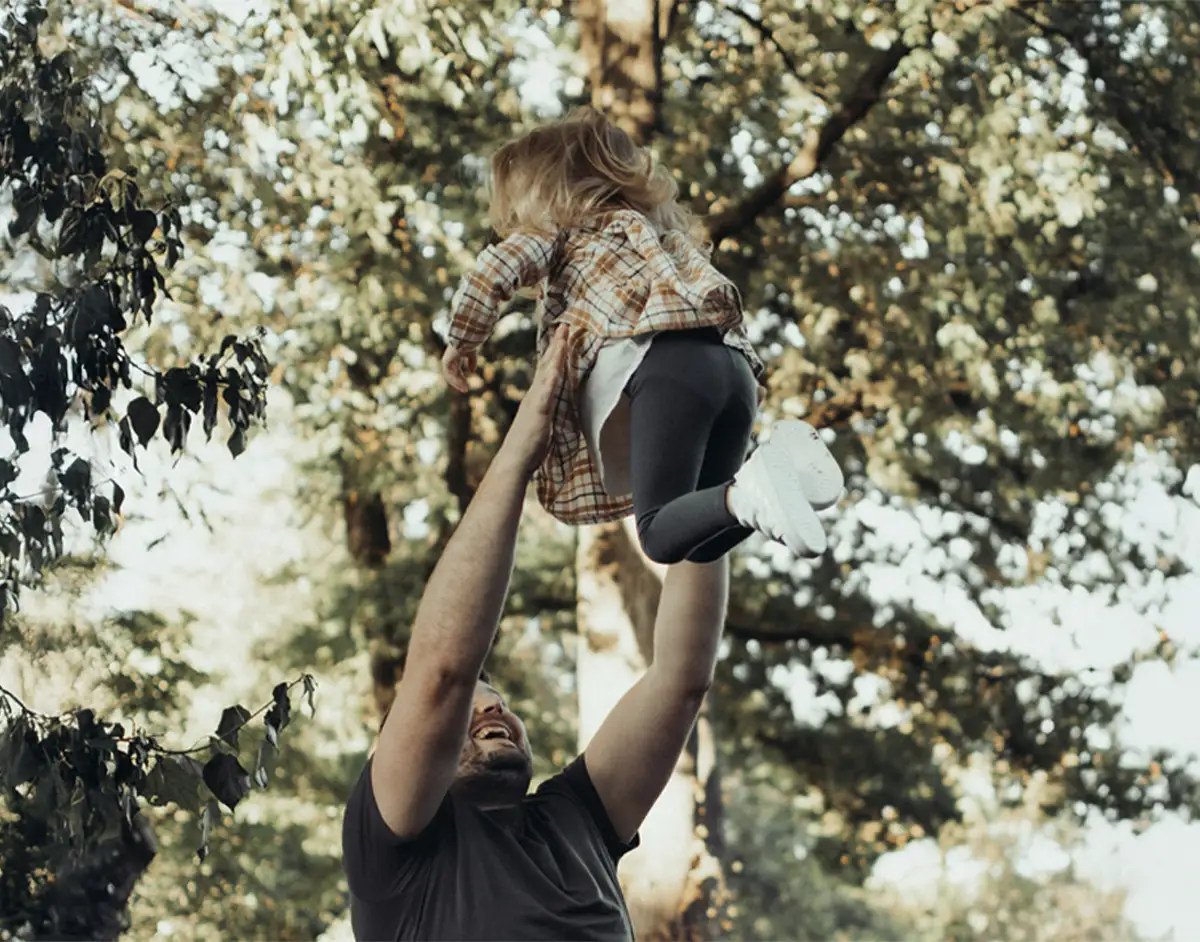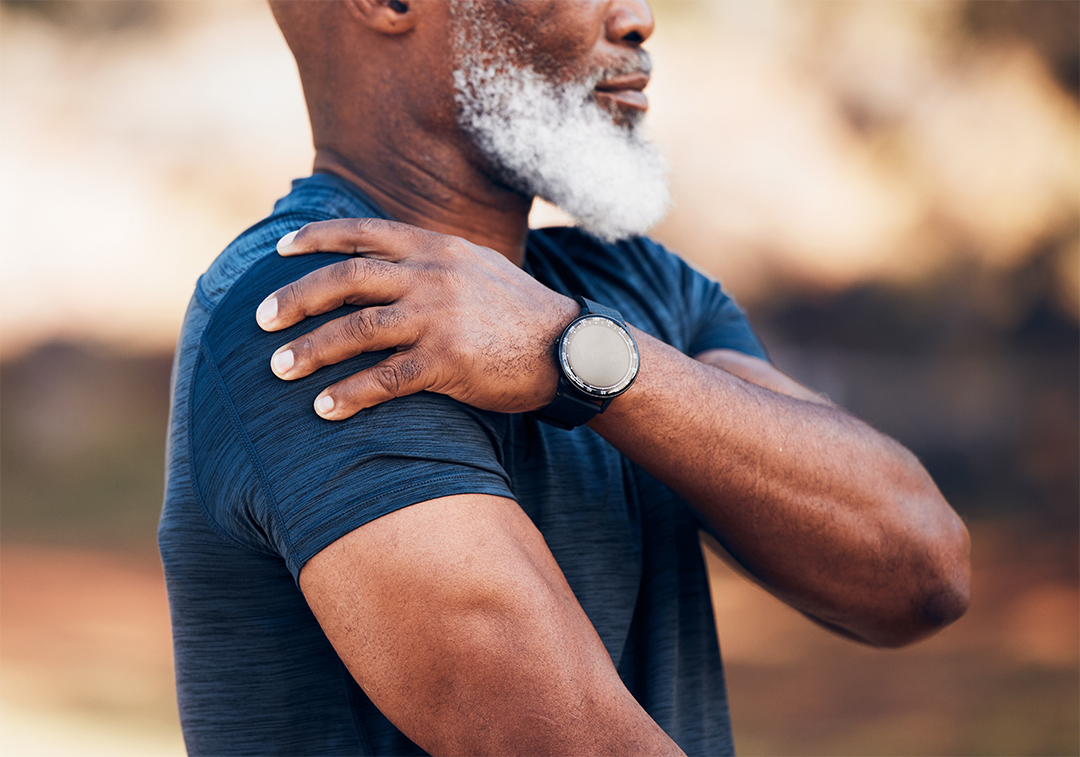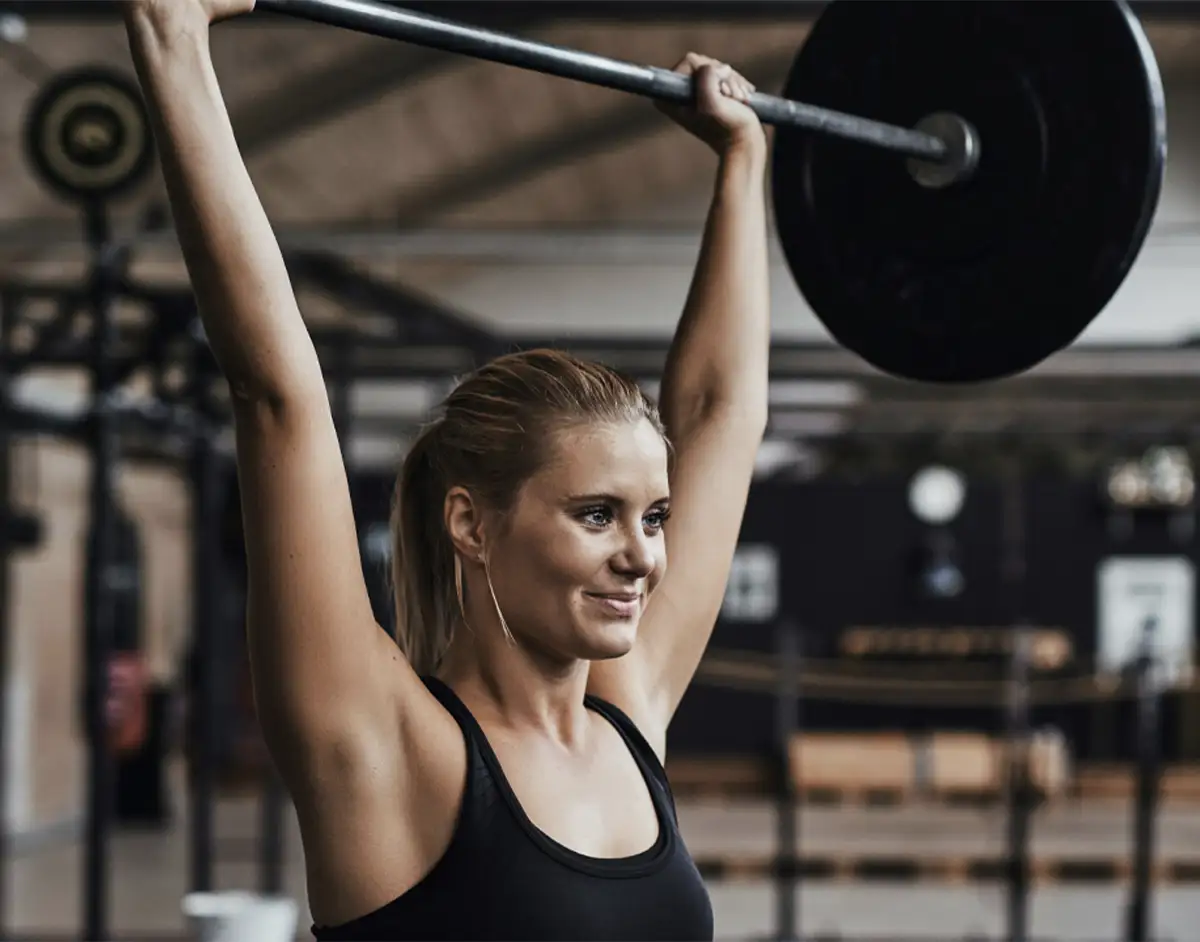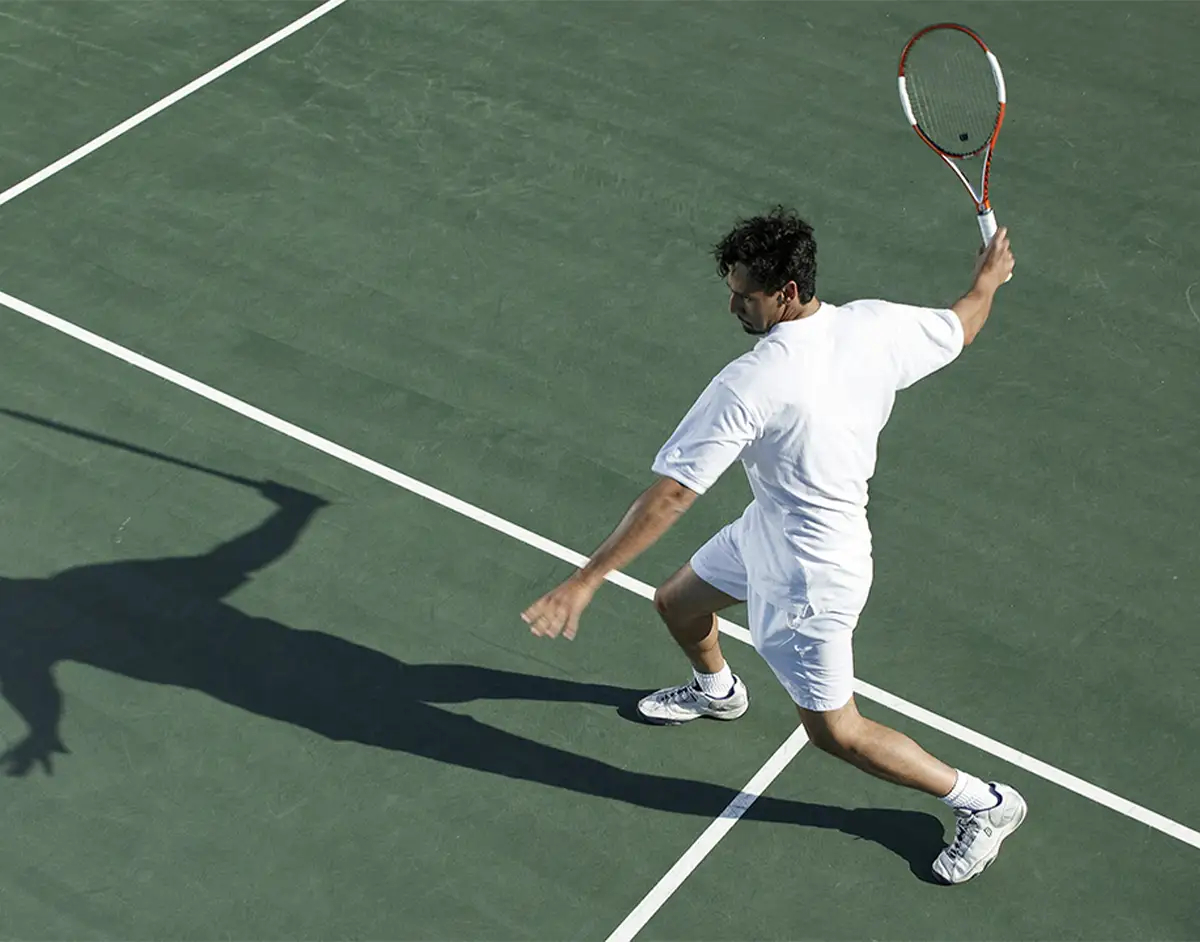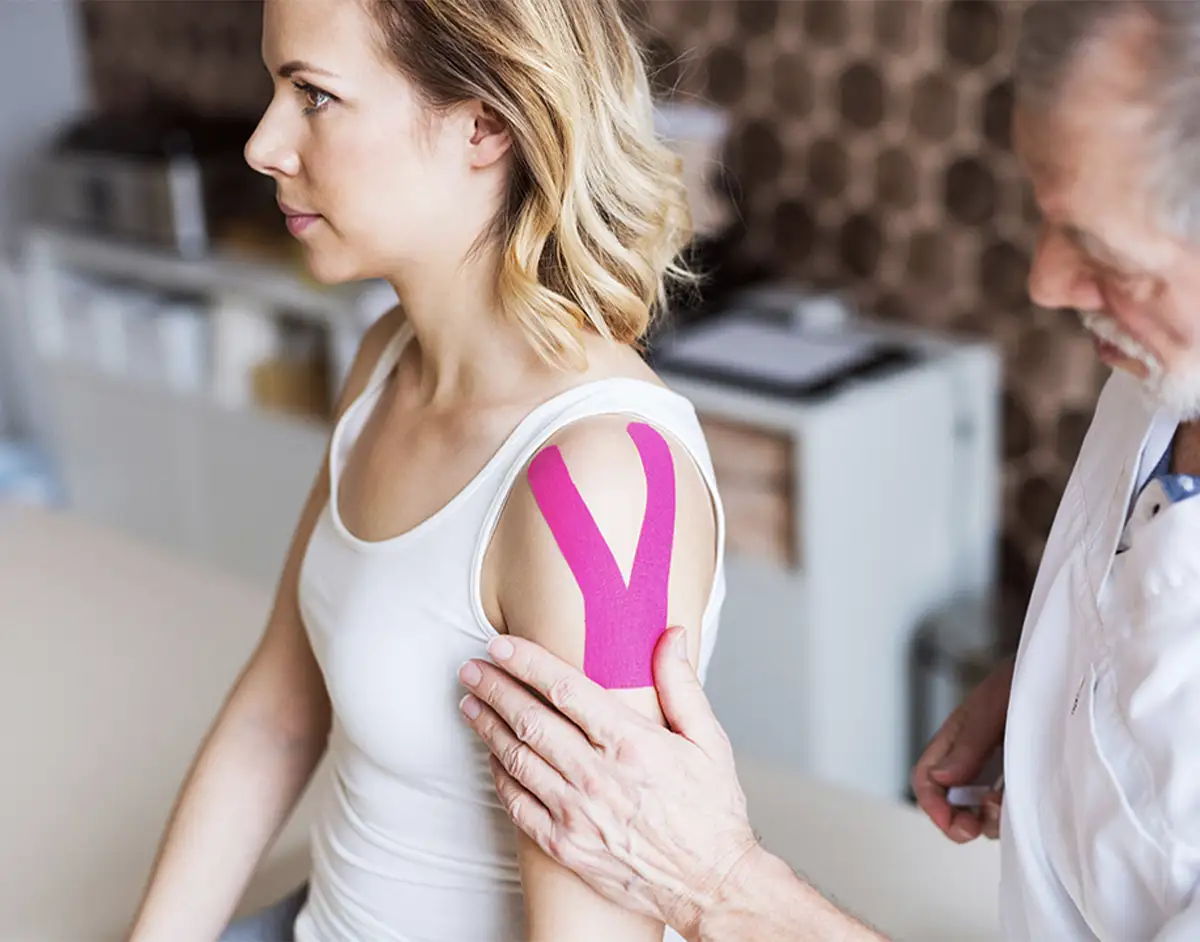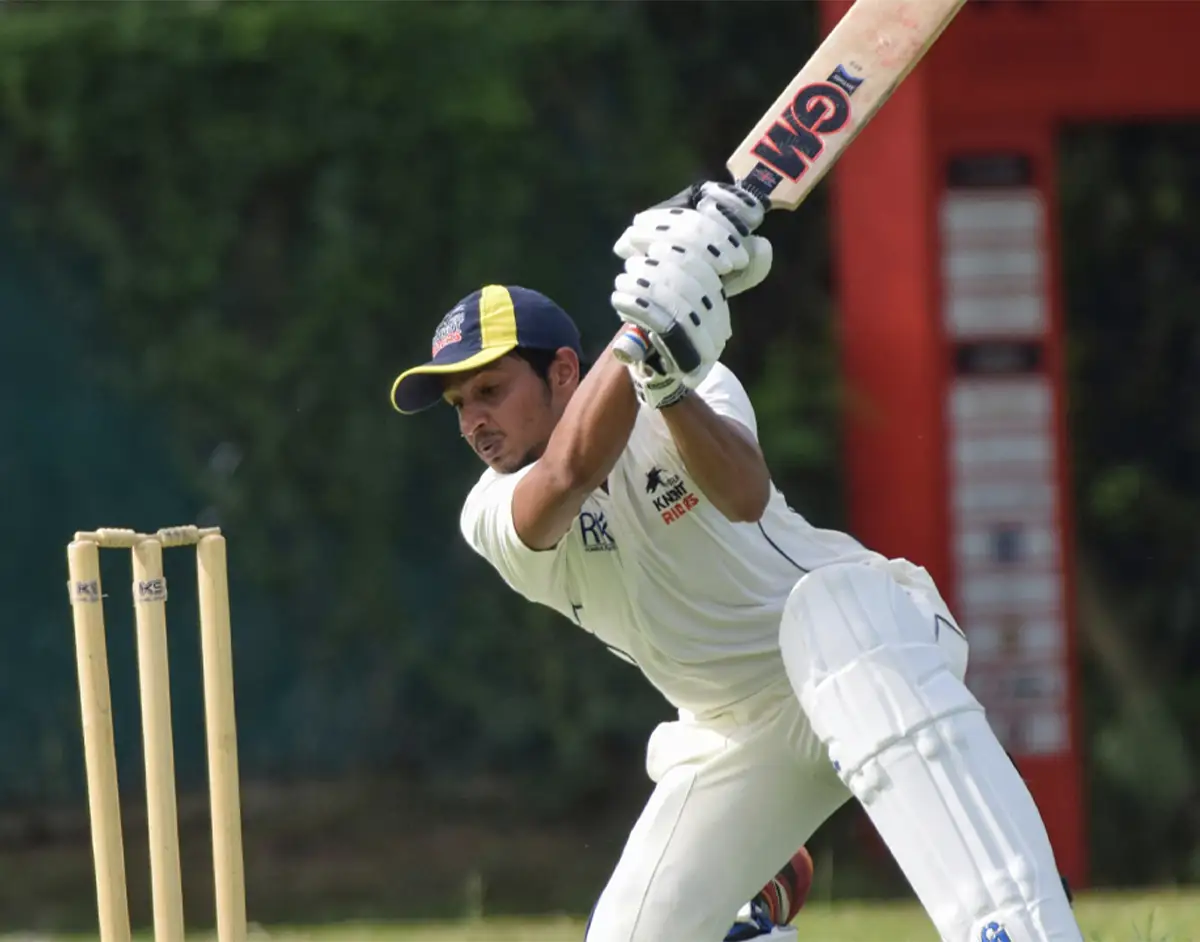Rotator cuff injuries / tears
The rotator cuff is a group of muscles and tendons that surround the shoulder joint. Its role is to keep the head of the upper arm bone (humerus) inside the shoulder socket (glenoid).
Rotator cuff injuries occur most commonly in people whose job requires them to perform repetitive movements with their arms above their heads, such as painters, carpenters and certain athletes.
If left untreated, rotator cuff injuries and tears may lead to a permanent loss of movement or weakness in the shoulder joint with arthritis.
QUICK LINKS
What causes a rotator cuff injury?
Repetitive overhead movements or heavy lifting can damage or tear the rotator cuff tendon. The tendon can also tear through degenerative change as we age. Traumatic events such as a fall onto your shoulder, outstretched hand or a shoulder dislocation can cause injury to the rotator cuff. Certain factors are linked to an increased risk of rotator cuff including:
- Construction jobs which require repetitive overhead arm motions that can damage the rotator cuff over time
- Family history – genetic factors may predispose you to rotator cuff injuries
- Sports such as basketball or tennis
- Age – the risk of rotator cuff tears increases in people over the age of 40
Rotator cuff injury
The symptoms of a rotator cuff injury include:
- Intense pain, a possible snapping sensation and immediate weakness in your arm if the tear occurs as a result of an injury or collision
- If the injury develops slowly due to overuse, you may experience mild pain at first that worsens over time
- Pain when you are resting, particularly if you lie on the affected shoulder
- Difficulty in performing functional day-to-day activities, such as combing your hair or reaching behind your back
- Weakness in your arm
- A cracking sensation when you move your shoulder in a particular way
- Some rotator cuff tears are not painful
During a physical examination, your consultant will establish how much movement you have in your shoulder and the strength of your muscles. You may be offered an ultrasound scan which shows up the soft tissue structures using sound waves and/or an MRI scan which will create a detailed picture of your shoulder joint. An X-ray may be used to establish whether pain is being caused by other factors such as bone spurs linked to arthritis.
Treatment of a rotator cuff injury depends upon the size, severity and location of the tear along with each patient’s individual activity level. The initial treatment for a rotator cuff injury consists of rest from heavy activities with physiotherapy to relieve pain, restore flexibility and improve strength. However, while it is important to rest the shoulder to reduce your pain, keeping it immobilised for too long can lead to an increased risk of a frozen shoulder.
If these simple treatments don’t alleviate the pain, your consultant may recommend a range of other approaches including:
- Corticosteroid injection into the shoulder joint to relieve pain
- Regenerative treatments such as:
- Ultrasound-guided platelet-rich plasma therapy: Platelet-rich plasma (PRP) therapy injects patients with a concentration of their own platelets to help speed the healing of injured joints, muscles, ligaments and tendons. Platelets are found naturally in the blood and are essential for blood clotting. They contain elements that support healing and by injecting them into injured tissues they can stimulate the patient’s own healing processes.
- Activated Mesenchymal Pericyte Plasma injections (AMPP®) injections: AMPP® injections use reparative cells found in the patient’s own body fat (including adipocytes, pericytes and stem cells) to support the regeneration of damaged body tissues. Injecting AMPP® into damaged tissues– such as the rotator cuff – supports tissue repair and reconstruction. Its fatty properties mean AMPP® tends to remain in the affected area rather than being reabsorbed by the body. The procedure is carried out under local anaesthetic.
- Simple surgical procedures to repair the rotator cuff, such as:
- Arthroscopic tendon repair: This uses a tiny camera (arthroscope) and surgical tools inserted through small incisions in the shoulder to reattach torn tendons to the bone. Alternatively, your surgeon may recommend open tendon repairs, using a larger incision.
- Tendon transfer: This replaces tendons that are damaged beyond repair with tendons taken from nearby locations.
- More complex surgical procedures, such as:
- Balloon shoulder arthroplasty: This is surgical procedure to treat the pain associated with major rotator cuff tears that are irreparable. It entails inserting a balloon-shaped device into the shoulder joint to create a physical barrier between the bones to reduce pain, improve shoulder function and delay more invasive surgery. The spacer dissolves naturally after around a year.
- Superior capsular reconstruction: This is another procedure used to treat major rotator cuff tears that cannot be repaired. It is more complex than a balloon arthroplasty and has a longer recovery time. It involves recreating the capsule above the shoulder joint, which was injured with the rotator cuff tear, using a special graft and anchors in the bone. This keeps the ball and socket of the shoulder joint in place and delays the need for further surgery.
- Reverse shoulder arthroplasty: Major rotator cuff injuries may require shoulder replacement surgery, called arthroplasty. Conventional shoulder replacement is not suitable for someone with a large rotator cuff tear as it relies on fully functioning rotator cuff muscles to function properly. By contrast, a reverse total shoulder replacement relies on the deltoid muscles rather than the rotator cuff muscles to move the arm. Whereas a conventional shoulder replacement uses a plastic cup fitted into the shoulder socket and a metal ball attached to the top of the upper arm bone, a reverse shoulder replacement uses a metal ball fixed to the socket and a plastic cup fixed to the upper end of the arm bone. This innovative procedure improves the stability of the artificial implant in people with major rotator cuff injuries, helping to reduce pain and improve function.
